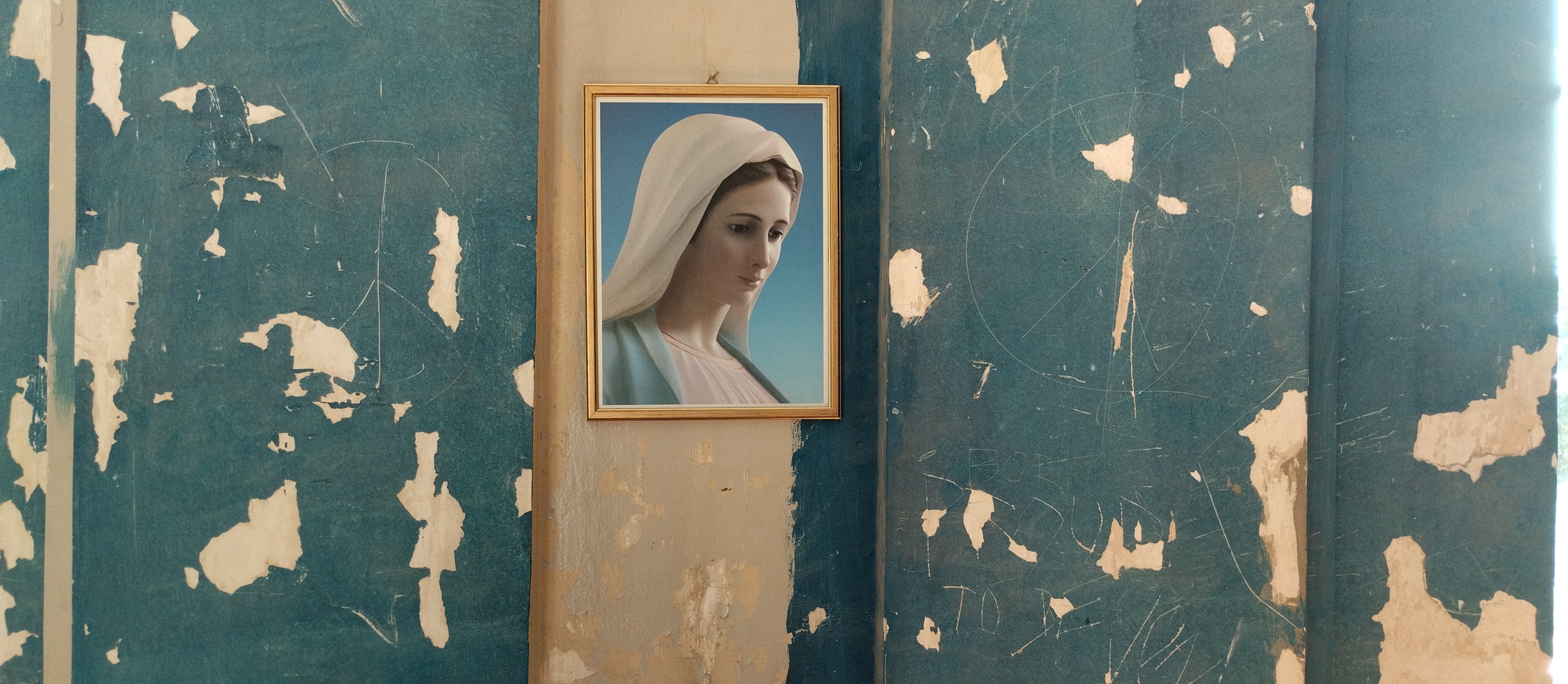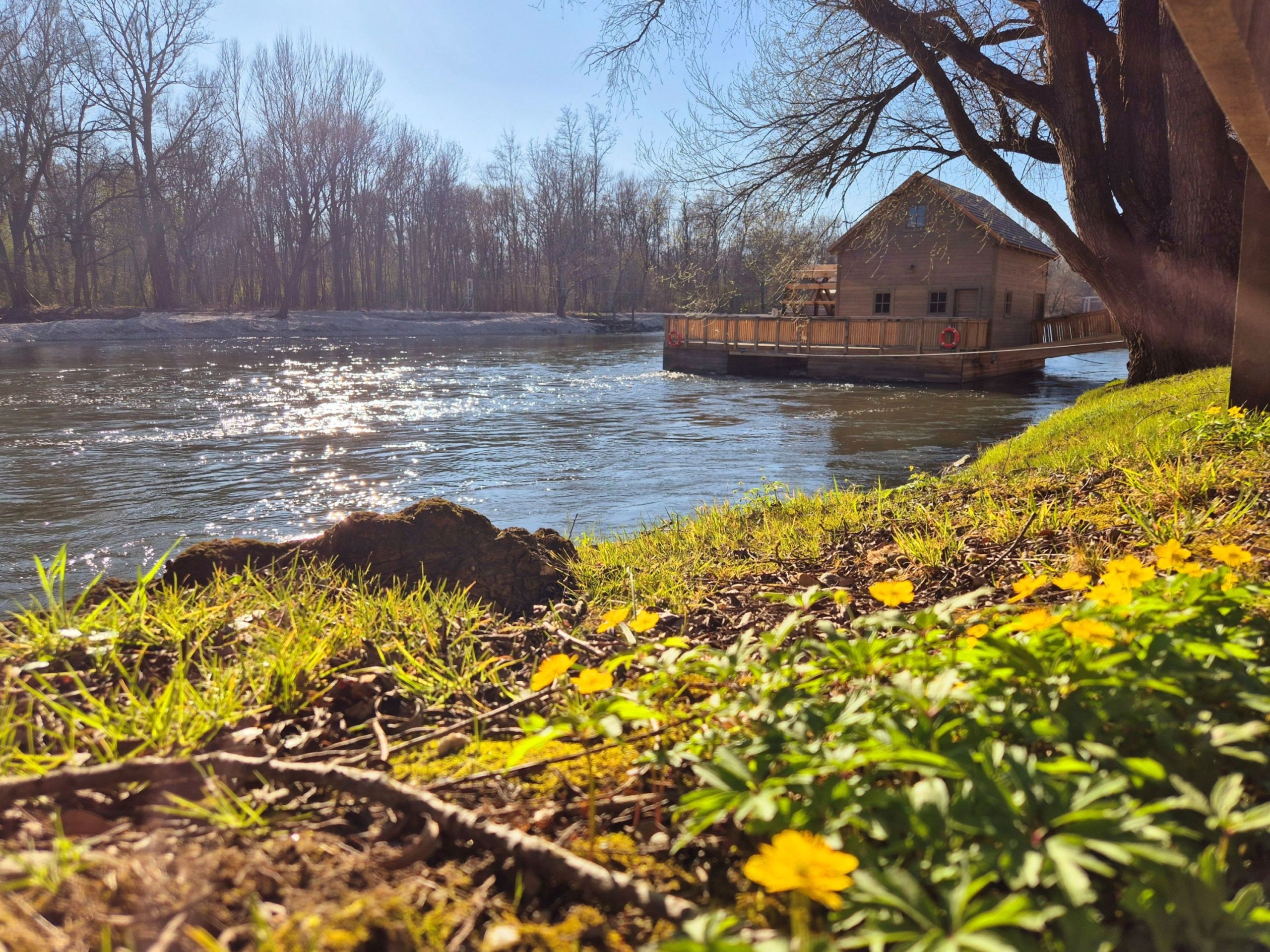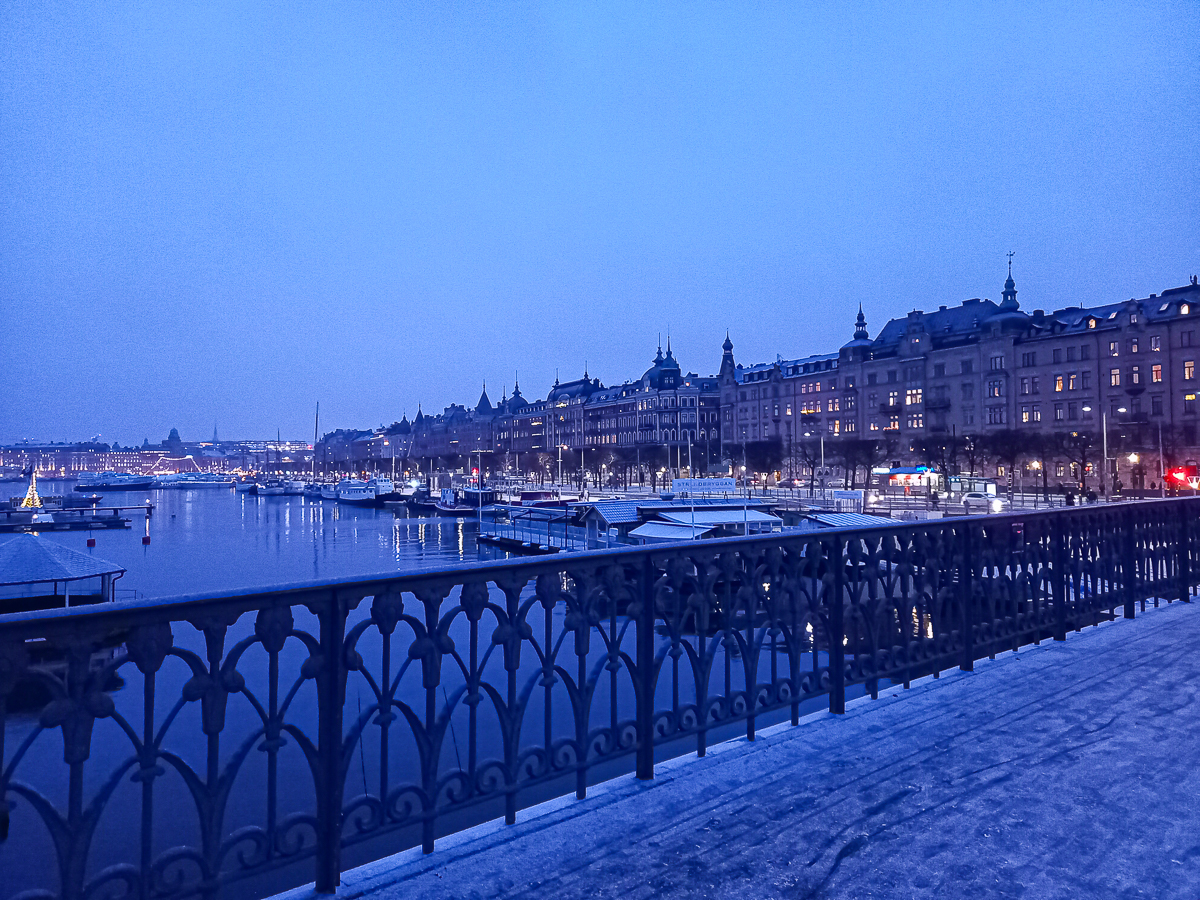For the success of our project SAGE – Interreg SI-AT, we seize every opportunity to discover and understand the commonalities of the region. Therefore we took part in a very interesting one-day study trip on 5 July 2025. The theme was a cultural link between the two countries that has affected the Styrian region in a united way and which still generates strong emotions today: witchcraft and witch hunts.
Our guide wrote her thesis on this topic, and told us about her professional motivation at the beginning of our trip. Our first stop was at Radgona Castle, whose history we learned a lot of interesting facts about on the bus, so we were free to spend our time in the castle’s rooms and halls.
The owner of the castle himself offered us coffee, told us his personal story, and finally, over a glass of sparkling wine (named after a witch), answered our questions.

The rooms of the castle were full of surprising curiosities: besides the named guest rooms, there were works by an exhibitor at the Venice Biennale, personal family photos and newspaper articles, and most touching of all: an old chapel, which was divided in two during the Russian occupation and was for a long time used as children’s classroom.

The next location is not far away. The castle of Negova (Grad Negova) was the oldest manor in the region in the 17th century. The witch of Radgona collected plants in the castle’s herb garden. The exhibitions therefore include a collection of medicinal herbs, but also important information about local geological curiosities: mofettas, and, as is customary in castles, there is always an exhibition of fine art.

After Negova Castle we stopped at a church, which is dedicated to the Three Kings (Sv. Trije Kralji pri Benediktu) and gives the town its name. It was first mentioned in writing in 1445 and was expanded in the early 16th century. It is decorated with magnificent winged altars and authentic frescoes.

Leaving St. Leonhard, we arrived at the Church of the Holy Trinity (Sveta Trojica), which, as said in legend, was the scene of miracles.
After singing together in the church, we had the opportunity to enjoy a special experience: we were able to view the church’s own library, which contains some real rarities. To conclude, the monk delighted us with a short organ recital.
In the church garden, under the shade of the trees, we tasted some local bakery products and wines.

The last stop was Hrastovec Castle (Grad Hrastovec), where around 40 people were accused and convicted of sorcery at in 1661. The castle currently operates a center that helps people with intellectual disabilities learn the skills they need for everyday life. We heard more about the history of the building in the ceremonial hall, where the ceiling is decorated with unique frescoes reminiscent of German Baroque.

In the end, we left no one behind at the institute and headed back to Graz together with lots of new experiences.
During the trip, we gained a wealth of information that we can use in both health and cultural tourism, which clearly connect the two countries.
The SAGE project is co-financed by the European Regional Development Fund under the Interreg Slovenia-Austria programme.










